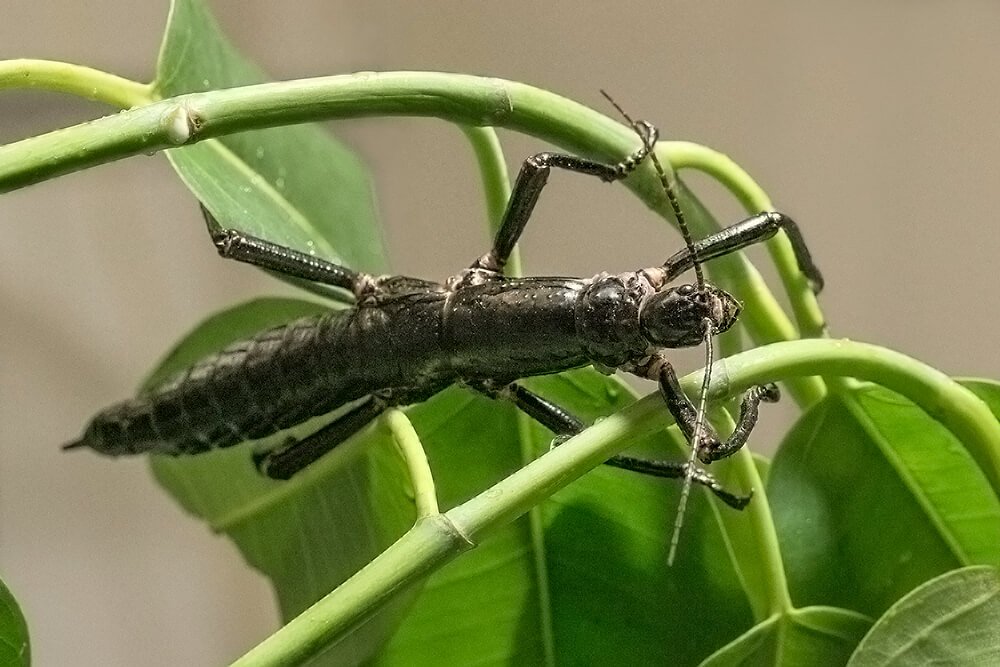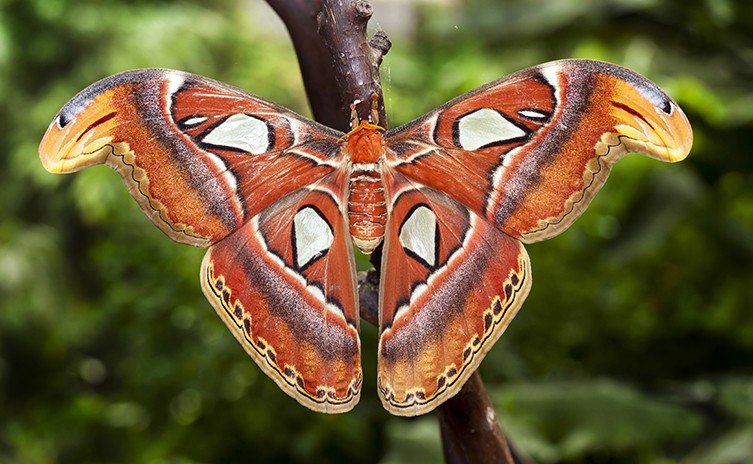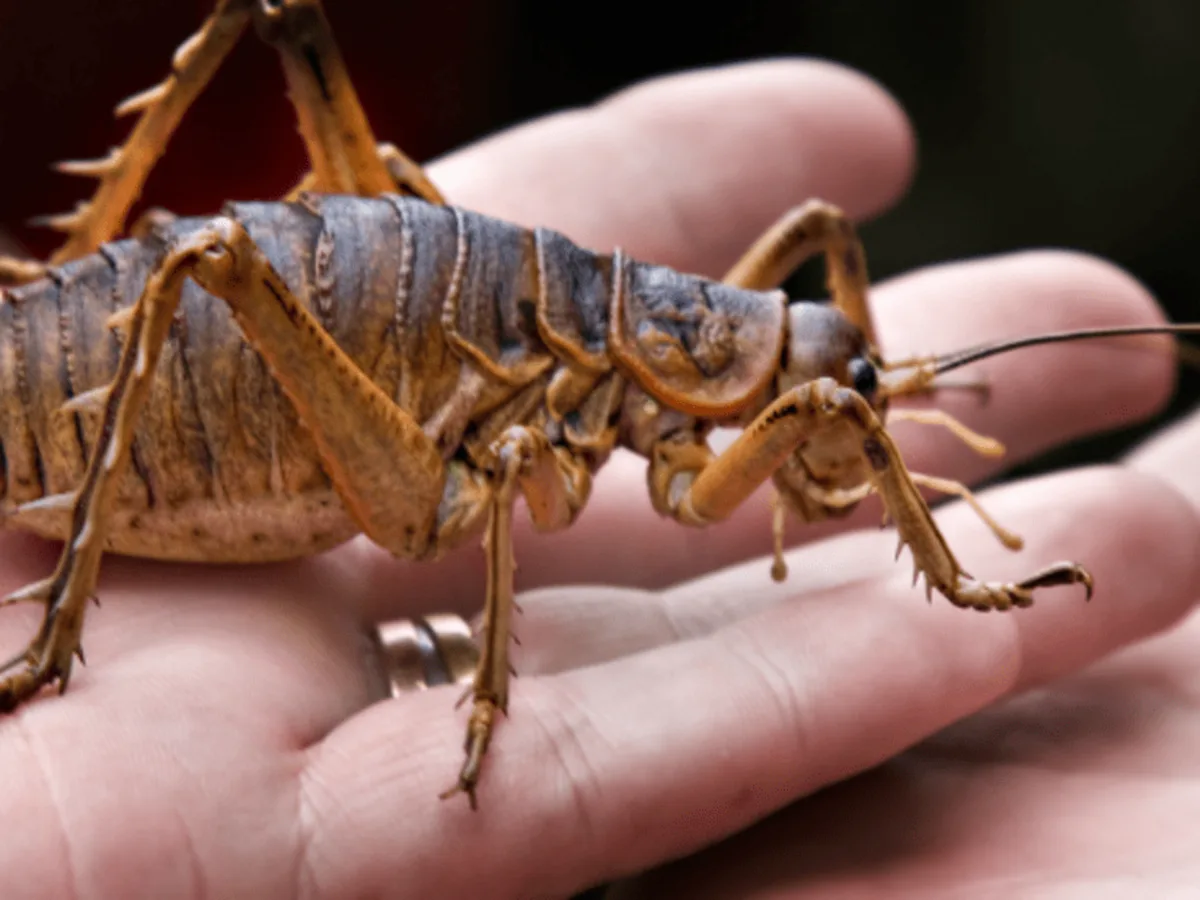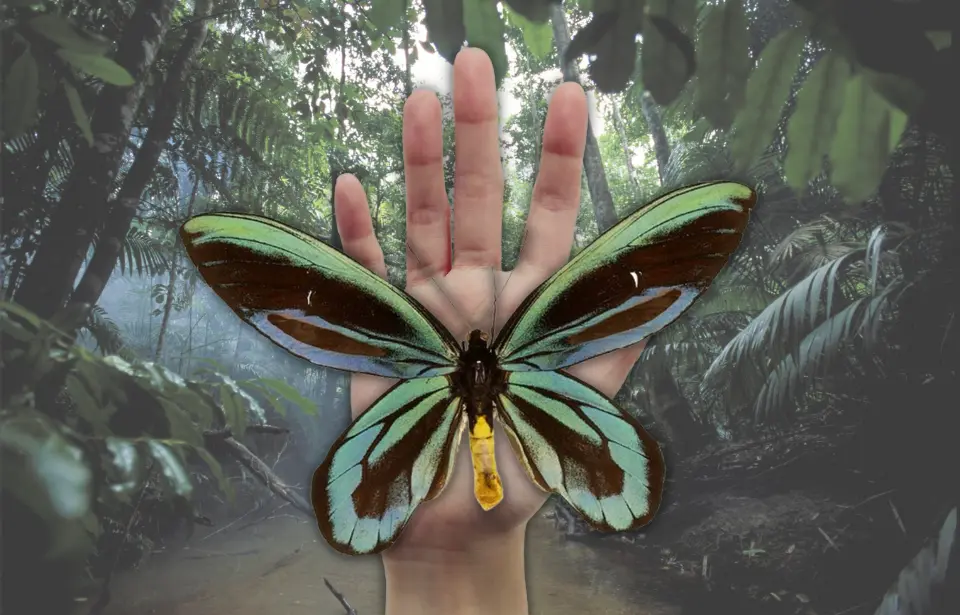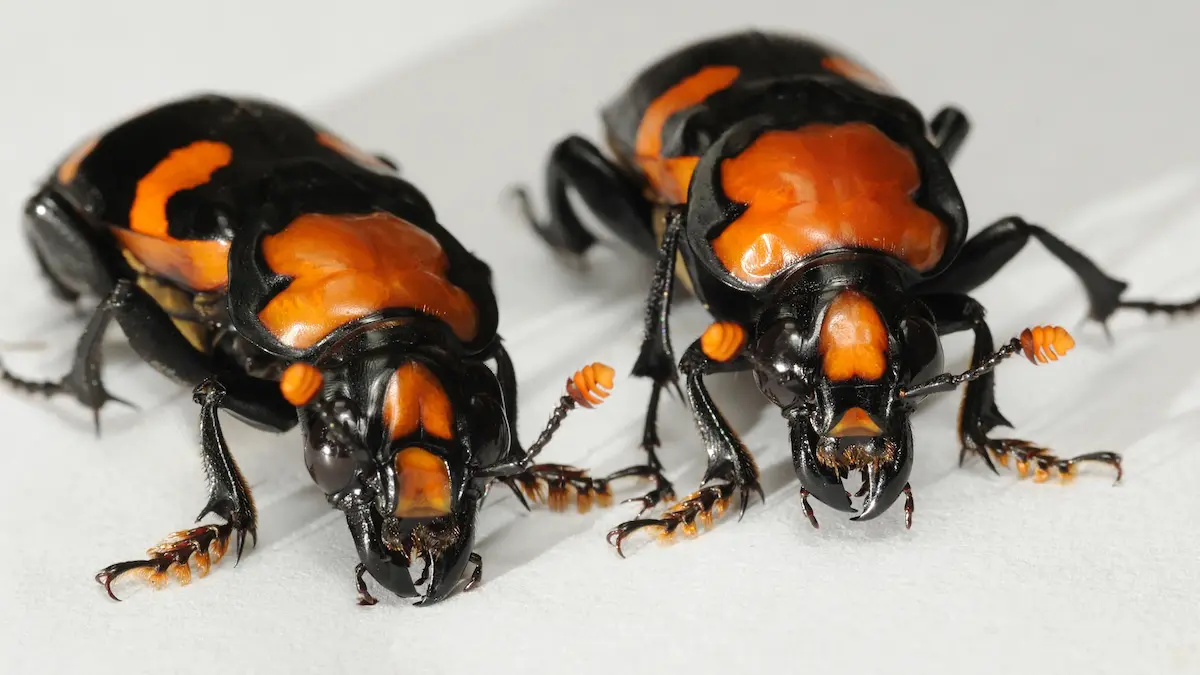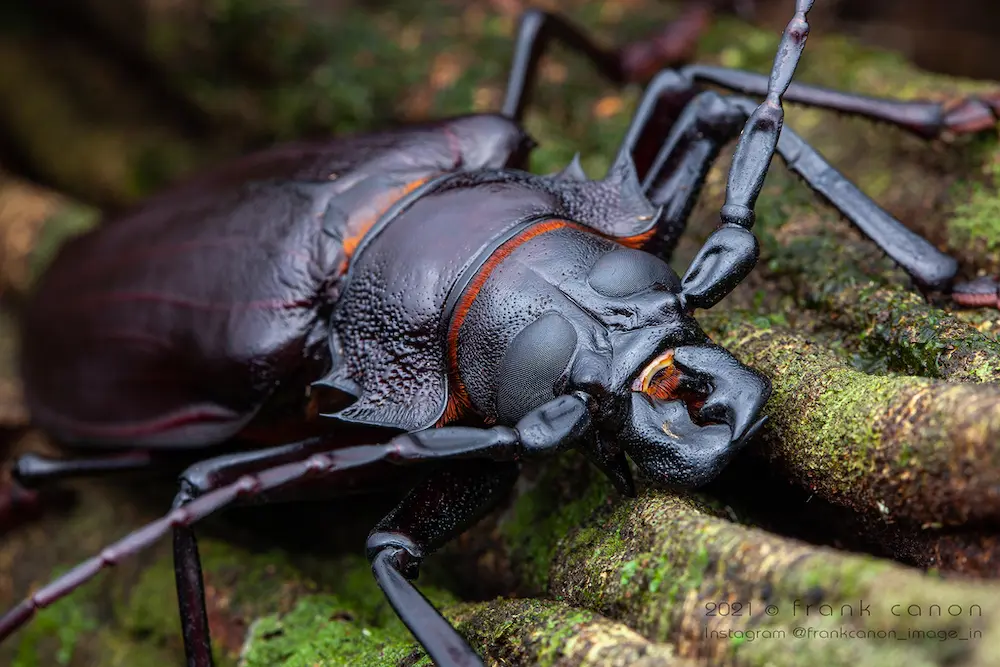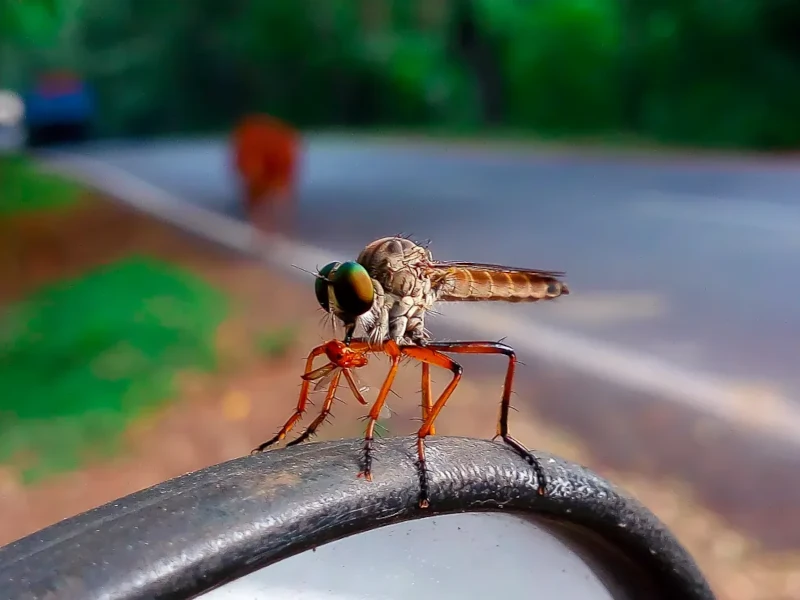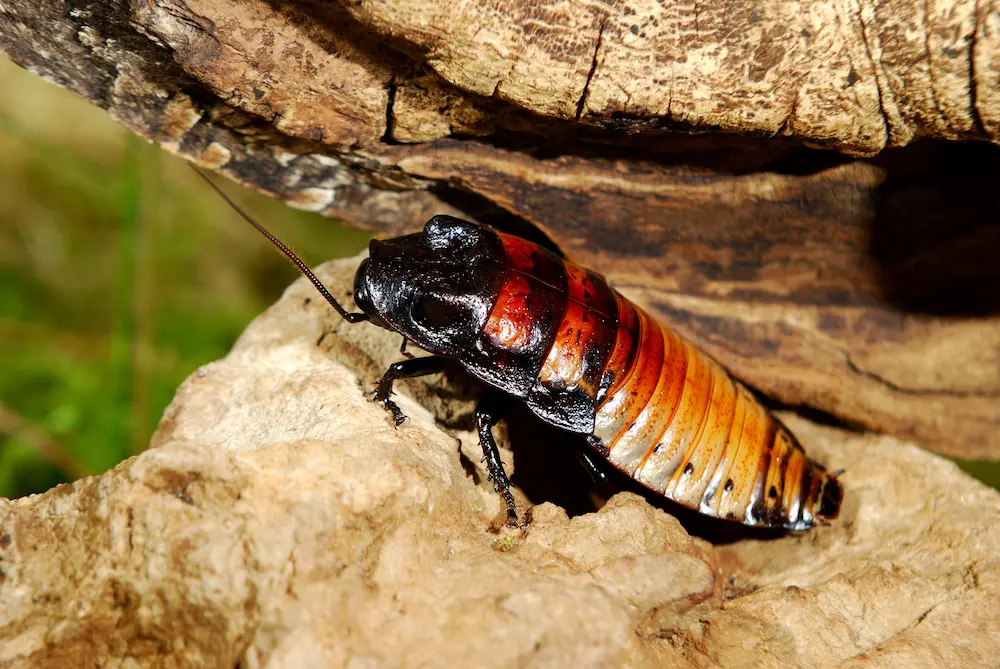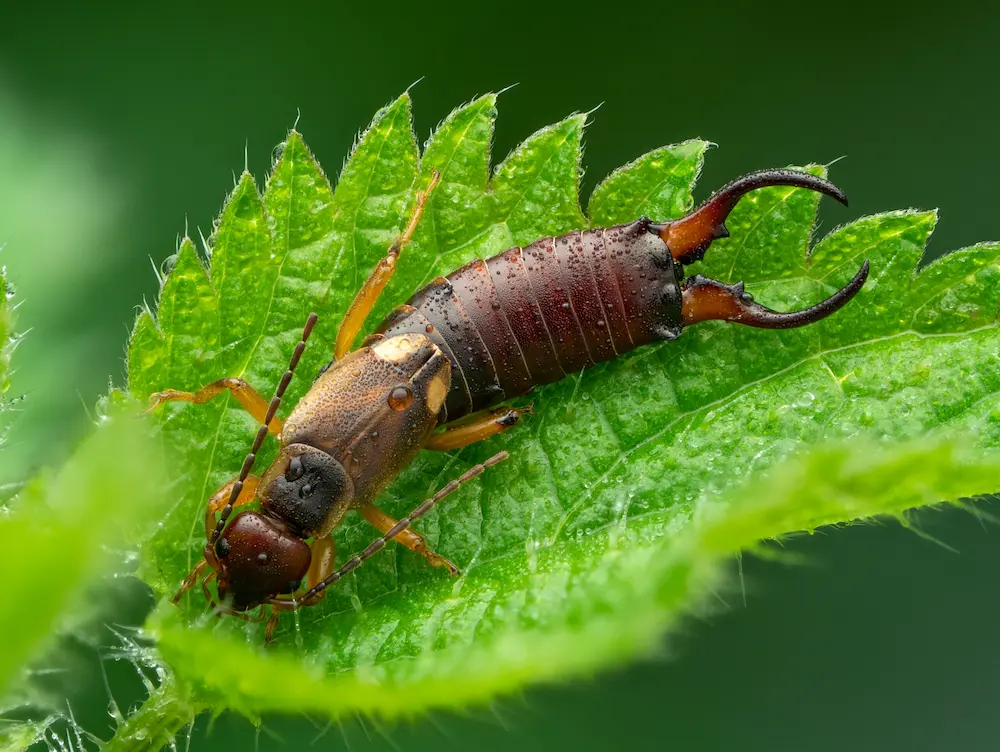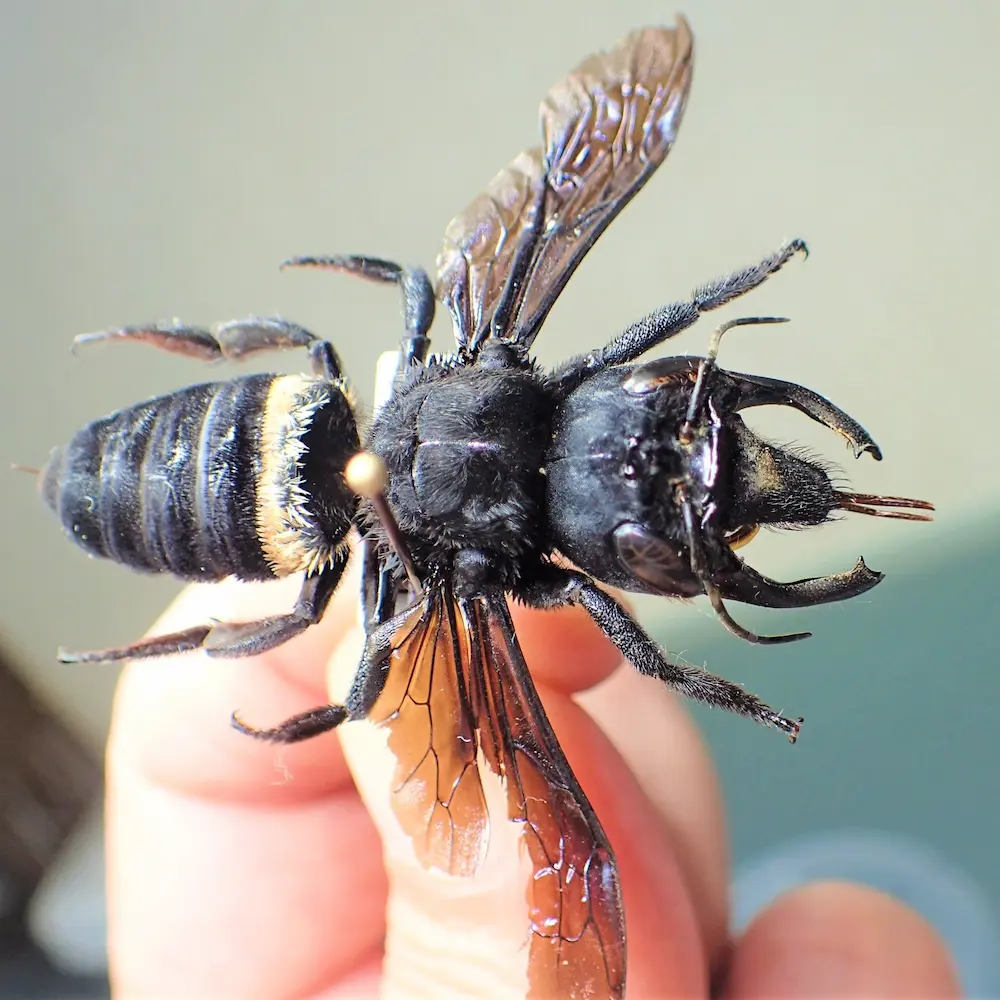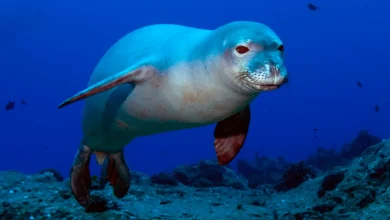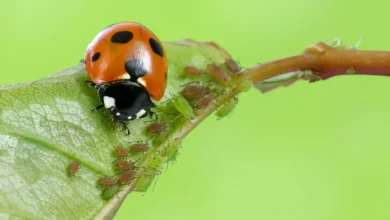Insects make up the most diverse group of organisms on Earth, yet some species are so rare that they are on the brink of extinction. From elusive beetles to strikingly beautiful butterflies, these rare insects captivate scientists and nature enthusiasts alike. In this article, we explore the 10 rarest insects in the world, their unique features, habitats, and conservation status—along with stunning images.
1. Lord Howe Island Stick Insect (Dryococelus australis)
-
Habitat: Lord Howe Island (Australia)
-
Status: Critically Endangered
-
Why Rare? Thought extinct until rediscovered in 2001 on Ball’s Pyramid. Only about 30 individuals were found initially.
2. Atlas Moth (Attacus atlas)
-
Habitat: Southeast Asia
-
Status: Near Threatened
-
Why Rare? One of the largest moths in the world, habitat loss threatens its survival.
3. Giant Weta (Deinacrida spp.)
-
Habitat: New Zealand
-
Status: Endangered
-
Why Rare? Heavy, flightless, and vulnerable to invasive predators like rats.
4. Queen Alexandra’s Birdwing (Ornithoptera alexandrae)
-
Habitat: Papua New Guinea
-
Status: Endangered
-
Why Rare? The world’s largest butterfly, threatened by deforestation.
5. American Burying Beetle (Nicrophorus americanus)
-
Habitat: North America
-
Status: Critically Endangered
-
Why Rare? Habitat destruction and declining carrion availability.
6. Titan Beetle (Titanus giganteus)
-
Habitat: Amazon Rainforest
-
Status: Vulnerable
-
Why Rare? One of the largest beetles, logging threatens its home.
7. Delhi Sands Flower-Loving Fly (Rhaphiomidas terminatus abdominalis)
-
Habitat: California, USA
-
Status: Endangered
-
Why Rare? Only found in a small sandy habitat near Delhi, California.
8. Madagascar Hissing Cockroach (Gromphadorhina portentosa)
-
Habitat: Madagascar
-
Status: Near Threatened
-
Why Rare? Deforestation and pet trade exploitation.
9. Saint Helena Earwig (Labidura herculeana)
-
Habitat: Saint Helena Island
-
Status: Possibly Extinct
-
Why Rare? Last seen in 1967, habitat destruction led to its decline.
10. Wallace’s Giant Bee (Megachile pluto)
-
Habitat: Indonesia
-
Status: Vulnerable
-
Why Rare? The world’s largest bee, feared extinct until rediscovered in 2019.
Conservation Efforts
Many of these rare insects are protected under international laws, and conservationists are working to restore their habitats. Supporting eco-friendly practices and wildlife organizations can help preserve these incredible species.

